Health & Comfort
Asbestos in buildings: conducting research to facilitate better management
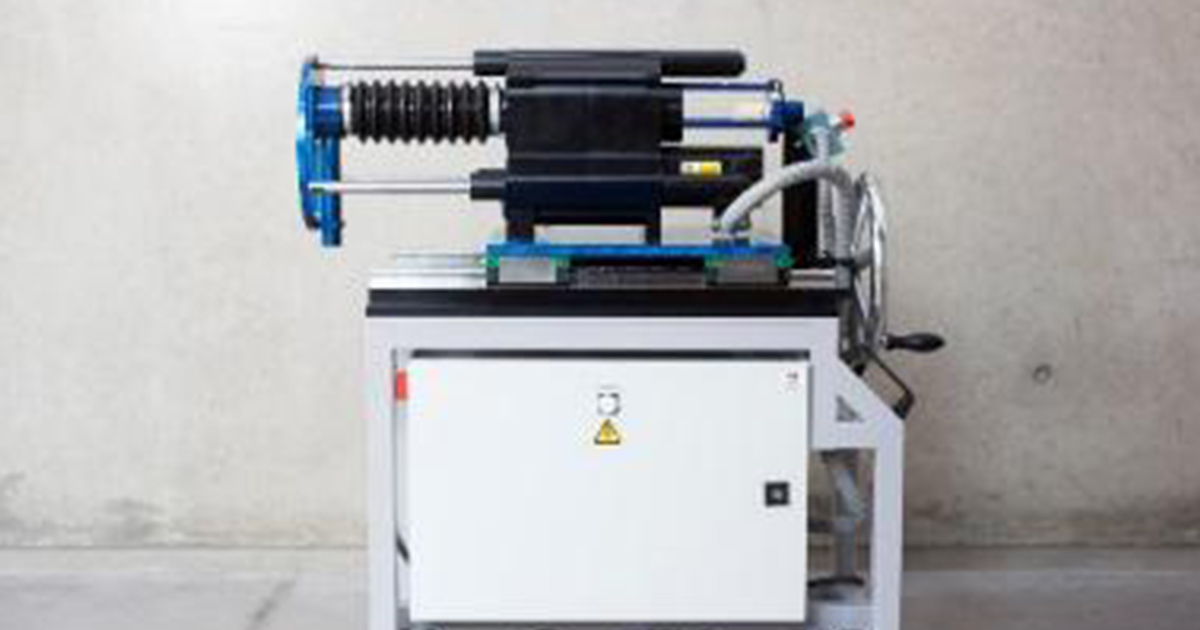
Laboratory model for the sampling of potentially asbestos-laden materials, CSTB R&D. Credits: Florence Joubert
Researchers at the CSTB are mobilized to support the renovation of housing units by removing the obstacles associated with the presence of asbestos in buildings. To reduce the costs and time needed for asbestos removal, the CSTB is developing innovative tools as part of the Asbestos Research & Development Plan, launched in June 2015 by the French government. These tools improve the on-site detection and measurement of asbestos, and the management of construction sites with a risk of asbestos exposure. The CSTB has drawn inspiration from technologies from other fields to meet these needs quickly and efficiently. From verification of concept, to laboratory model to prototype, here is a look at the R&D underway.
How can the presence of asbestos be quickly detected in buildings to be renovated? How can workers be protected from exposure? How can asbestos waste management be improved, while protecting the environment?
- The CSTB answers these questions by developing innovative prototypes for:
- on-site detection of asbestos in a building's materials
- real-time dust monitoring during the work
- the reduction of asbestos fiber emissions from machine tools
- the neutralization of asbestos waste.
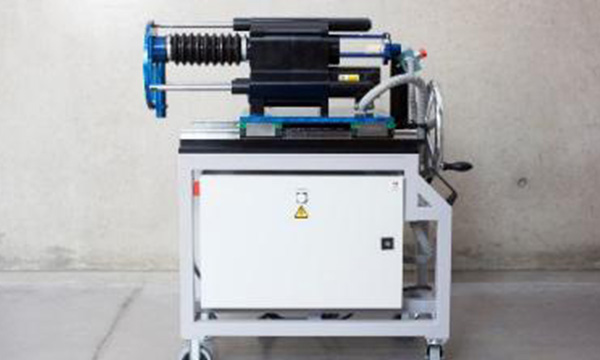
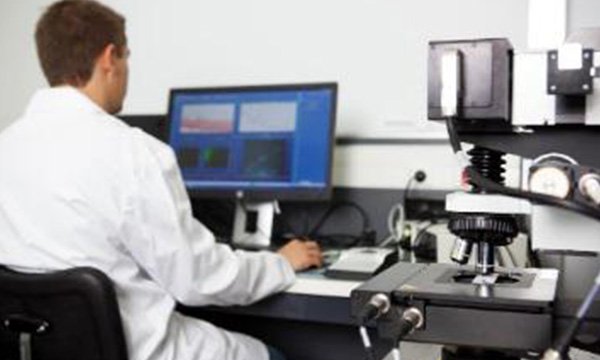
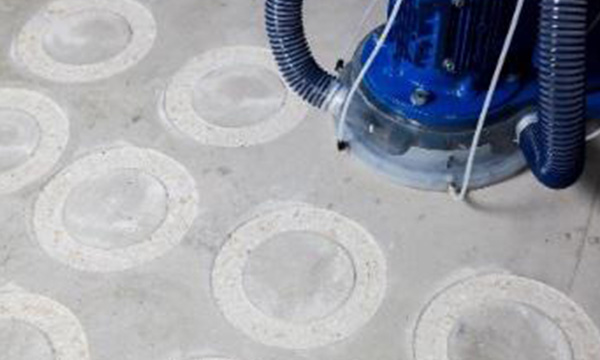
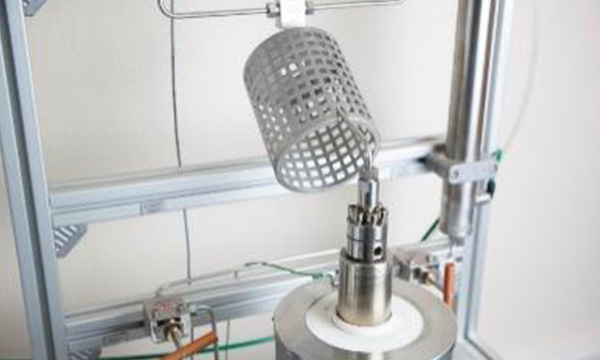
From left to right: laboratory model for sampling potentially asbestos-laden materials; laboratory measurement of the dust level; low-emission process for mechanically removing asbestos; treatment of asbestos waste by physicochemical means.
Technology transfer: source of innovation
Applying technology that has been tried and tested in other fields to the problem of asbestos is one of the methods adopted by the CSTB to develop innovative tools that protect the health of people at a building renovation site.
For example, the CSTB chose Raman spectroscopy, a non-invasive optical method used for customs inspections and counterfeiting investigations. This technology, offering excellent miniaturization capabilities, is used for on-site measurement of the dust levels on construction sites involving the renovation of buildings containing asbestos.
The air curtain containment system, used in tunnels to protect people in case of fire, or in the food industry to protect foodstuffs within the cold chain, is also being analyzed by the CSTB to see if it can reduce the emission of fibers during asbestos material removal work.
From the laboratory model to a functional prototype
The CSTB has already developed various laboratory models of innovative processes. But no matter how efficient it is, a model is not subjected to the same real-life demands as a system in the field.
One of the R&D actions to develop these laboratory models consists of miniaturizing them. The CSTB is currently working on transforming the system for sampling potentially asbestos-laden materials and the real-time dust measurement process into tools suitable for on-site use.
Another action concerns the hardening of the models to enable handling under realistic conditions. After assessing the functions of the near-field containment process in a static context, the CSTB optimizes the model to equip mobile machine tools with the system. The aim is to check its ability to isolate asbestos fiber emissions when operators are in motion, during work.
Concerning waste treatment, the principle is to “deactivate” the asbestos. An innovative reactor using a hydrothermal process has been developed for this purpose. The rising water temperature and pressure neutralizes the harmful effects of asbestos waste. The CSTB is currently conducting tests to check its effectiveness and optimize its operating conditions.
The development of four functional prototypes will continue in 2017, with the first releases planned for the end of the year.




